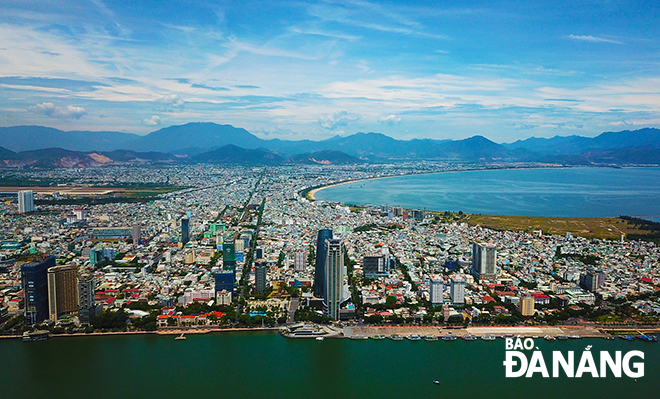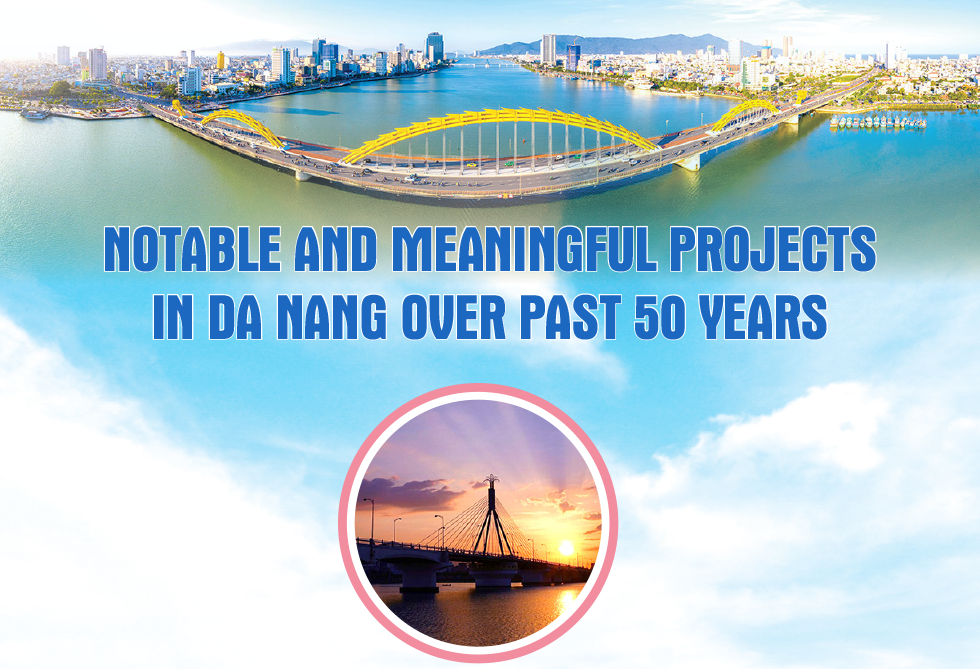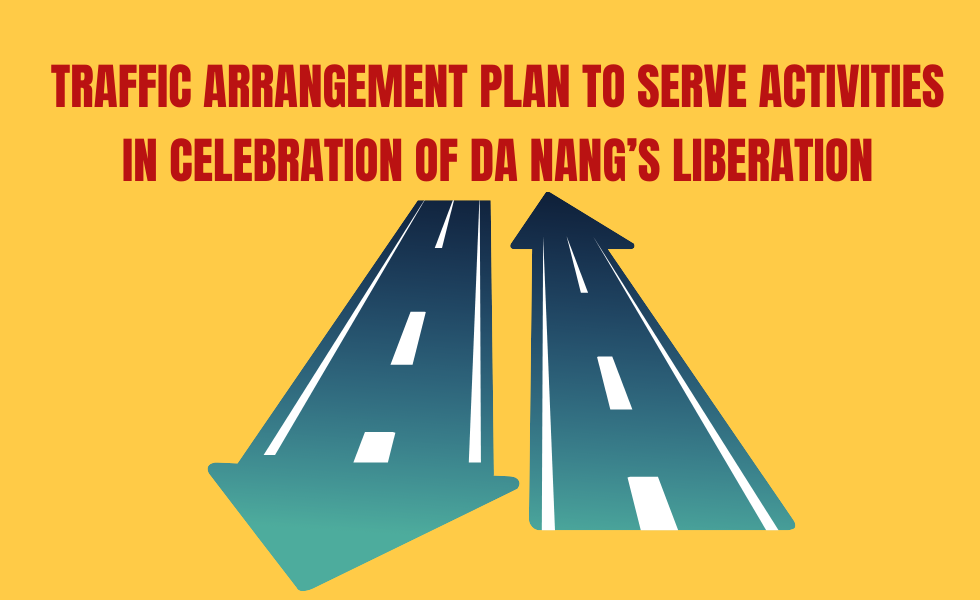Da Nang aims to be listed in top 3 leading localities in digital transformation
Da Nang Party Committee Secretary Nguyen Van Quang has already signed and issued Resolution No. 05-NQ/TU dated June 17, 2021 on promoting digital transformation in Da Nang until 2025, with a vision to 2030.
 |
| The digital economy will account for at least 20% of the city's GRDP. Photo: TRIEU TUNG |
By 2025, Da Nang will be listed in the top 3 Vietnamese localities in terms of digital transformation, information security and e-commerce. In particular, as for digital government, 100% of the total online public administrative services will be offered at level 4.
Meanwhile, 60% of the non-business services at levels 3, 4 will be provided on multiple platforms and supported on mobile device. 100% of the State agencies will participate in providing open data.
The digital economy will account for at least 20% of the city's gross regional domestic product (GRDP).
The proportion of the digital economy in each industry or aspect shall reach at least 10%. The annual labour productivity will increase by at least 7%.
There will be 1,000 open and public data sets accessible to organisations, citizens and businesses for use and recreation of new products.
In tourism, the proportion of the digital economy will make up for 20% of the local added value. All of the city-based museums, cultural and tourist attractions will provide virtual reality travel and online payment services.
Each visitor is consulted and supported before, during and after arriving in Da Nang through a digital platform.
In the fields of finance, banking, and e-commerce, the proportion of the digital economy will account for 20% of the total added value. 90% of the businesses will have e-commerce transaction accounts.
At least 50% of the population will participate in online shopping activities. B2C (business-to-business) e-commerce sales will account for at least 10% of the total retail sales of consumer goods and services.
With regard to transportation and logistics, each person participating in traffic will access traffic information such as traffic jams and road closures when needed on digital platforms. Residents can choose parking locations and pay fees online.
Traffic management through cameras and the automatic control of traffic lights will be based on digital data.
Also, 50% of the industrial and agricultural production enterprises will use digital data and digital technology in production.
Every citizen and business can look up information on vacant land lots and land fund calling for investment online.
Each household will have a digital address, access to broadband internet services and hold an electronic health record.
100% of the medical facilities will use electronic health records in medical examination and treatment, and offer online appointment booking, consultation, medical checkup, treatment and online hospital fee payment services.
Each student will have a unique ID and an electronic academic record, and pay tuition fees online.
By 2030, Da Nang will basically complete digital transformation, turn itself into a smart city, become one of the 3 leading Vietnamese localities in digital transformation and pioneer in information security and e-commerce.
The digital economy will account for at least 30% of the city's GRDP. The proportion of the digital economy in each industry or aspect shall reach at least 20%. The annual labour productivity will increase by at least 8%.
There will be 5,000 open and public data sets accessible to organisations, citizens and businesses for use and recreation of new products.
There will be 5 digital technology enterprises/1,000 people, with at least 10 firms generating an annual revenue of over VND1,000 billion.
Also, 90% of the local people will use smartphones. 95% of the local people and businesses will be equipped with digital skills and codes of conduct in the digital environment and they can participate in learning, labour, production and lifestyle activities in the internet.
Besides, 80% of the households and 100% of the businesses will have e-commerce transaction accounts, non-cash payment in e-commerce. 100% of the city's residential areas will access 5G services.
Reporting by TRIEU TUNG – Translating by A.T








